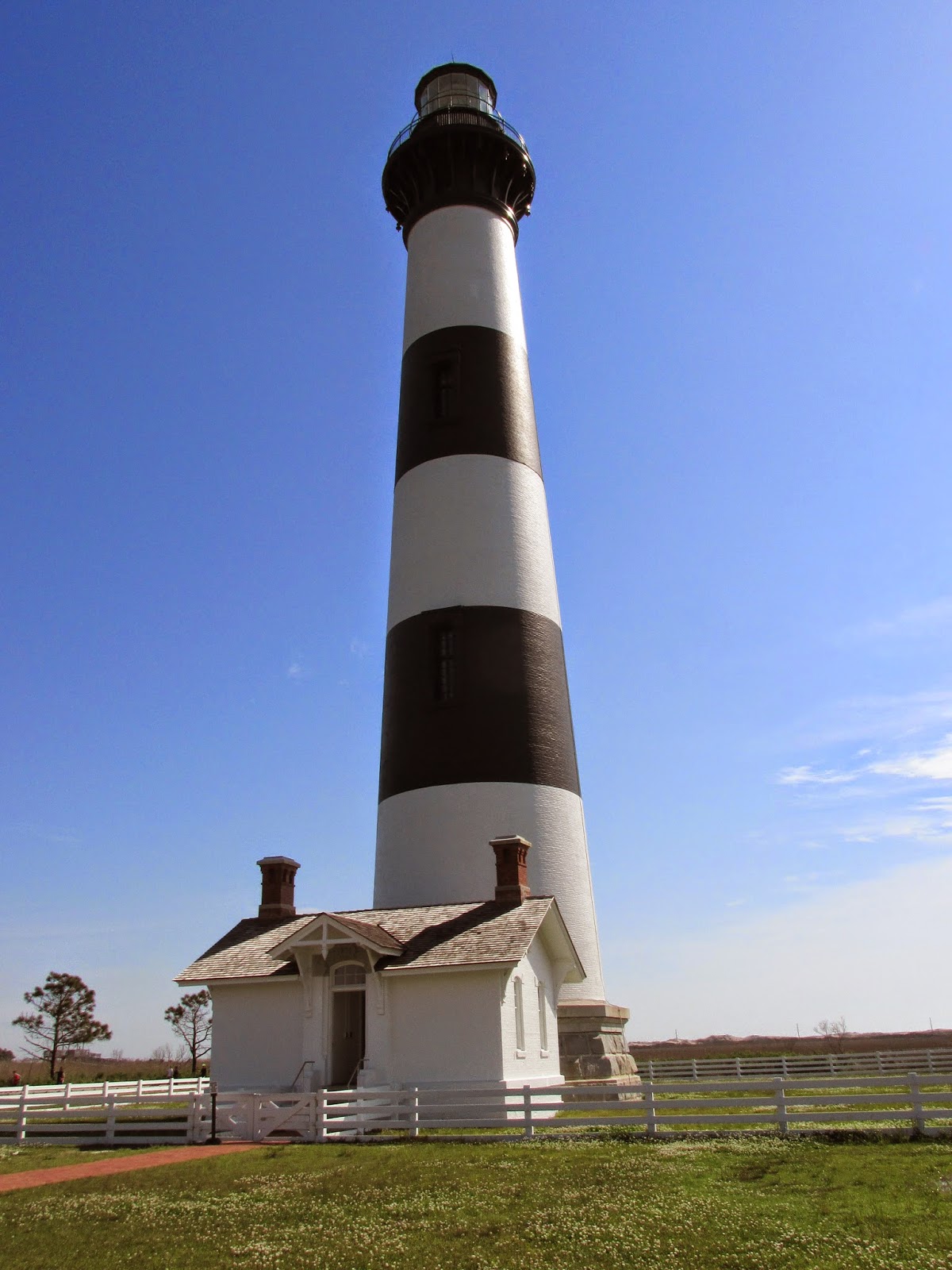p26
My sister and her husband drove me to Point Lookout at the southern tip of Maryland where the Potomac empties into the Chesapeake. At the end of the land, sits a lighthouse atop the keepers house built in 180. A fence keeps the public away from it, except on a few select dates each summer. On the state park land a civil war hospital and prison had been located. After touring the museum we drove nearby to get a look at the Point No Point Lighthouse (yes that's its real name) located 2 miles out in the Chesapeake. It was built in 1905 on top of concrete caissons. An auction was planned to sell the lighthouse top to any town to use as a museum on land, but the nearby navy base objected as their planes use it as a boundary marker from the air. So today it still sits, now just a marker.
We drove to Silver Springs, MD (near DC) to visit our 91 year old uncle. He paints with steady hand on canvas. He had always been good at drawing and started painting in acrylics in his older years. We should be so lucky to be so sharp and talented at 91.























































